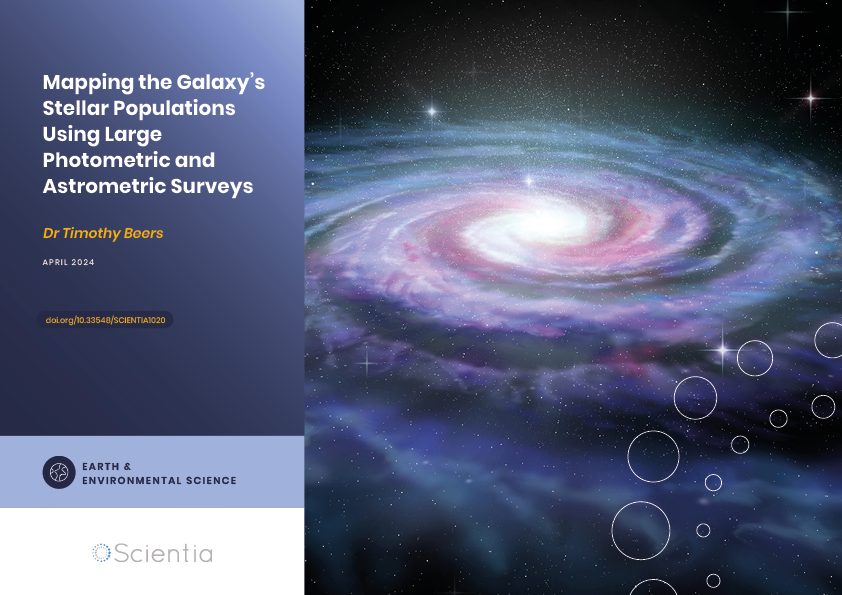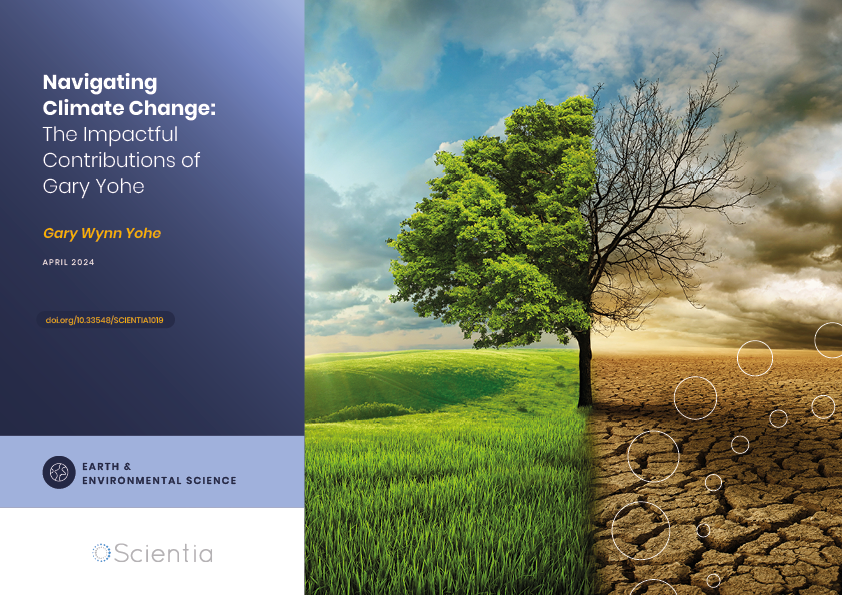Dr Alexandra (Sasha) Pavlova | Professor Paul Sunnucks – Genetic Rescue Saves Species from Extinction
Human impacts on plant and animal populations can be striking. Landscape-level transformation of pristine habitats means less room for plants and animals and the inevitable decline and extinction of many species. However, human impacts can also act on threatened species in less obvious ways, including on their genomes. Because of shrinking populations, many plants and animals are highly inbred, tipping the scales in favour of extinction. Dr Alexandra (Sasha) Pavlova and Professor Paul Sunnucks at Monash University, Australia, are at the forefront of applied research that seeks to increase genetic diversity to help populations rebound.
Inbreeding Depression
When a species’ habitat shrinks, its populations inevitably decline. Those that persist in remaining islands of habitat have no choice but to breed with related individuals. Inbreeding depression describes the reduced survival and fertility of the offspring of these related individuals. As populations contract, inbreeding depression typically grows to a point where usual conservation measures, such as habitat restoration, have greatly reduced effectiveness. At this point, we must treat this key cause of declining populations – a lack of genetic diversity.
The most effective solution to inbreeding depression is ‘genetic rescue’, a tool that makes new genetic material available by increasing gene flow into a population. These actions improve populations’ genetic diversity, providing them with a better chance of adapting to new stressors such as climate change and habitat loss. In practice, genetic rescue typically involves allowing inbred individuals from one population to mate with individuals in another. When a population is the last of its kind, this may entail using distinct ‘new blood’, such as members of a different subspecies.
Genetic rescue is under-utilised, despite being relatively inexpensive and highly effective. This low uptake is a result of insufficient understanding of the risks and benefits of genetic rescue versus the risk of doing nothing. Although in rare cases genetic management can result in reduced population growth and loss of distinctiveness, such risks can often be mitigated by appropriate choice and number of breeders. Meanwhile, left unchecked, inbreeding depression and loss of genetic diversity will often lead to extinction. Appropriate consideration of the risks and benefits of genetic rescue should produce a management strategy to maximise the chance of a species persisting into the future.
Dr Sasha Pavlova and Professor Paul Sunnucks at Monash University are two of the most active researchers in the field of genetic management. They have worked for years to establish critical methods and theories to save endangered species, and have collaborated with conservation managers to road-test solutions to genetic problems in a ‘learning-by-doing’ approach. According to Professor Sunnucks, the tools they and their community of like-minded conservationists have developed ‘can make the difference between persistence and extinction’.
In a recent project, the two researchers teamed up with Australian wildlife management agencies to evaluate whether genetic rescue can help a range of endangered animals and plants. Along with directly informing restoration efforts for five endemic species, the team’s ambitious project set out to demonstrate the effectiveness of genetic rescue under on-ground conservation management settings, with the hope of increasing its accessibility and uptake as part of the conservation ‘toolkit’ alongside more traditional techniques.
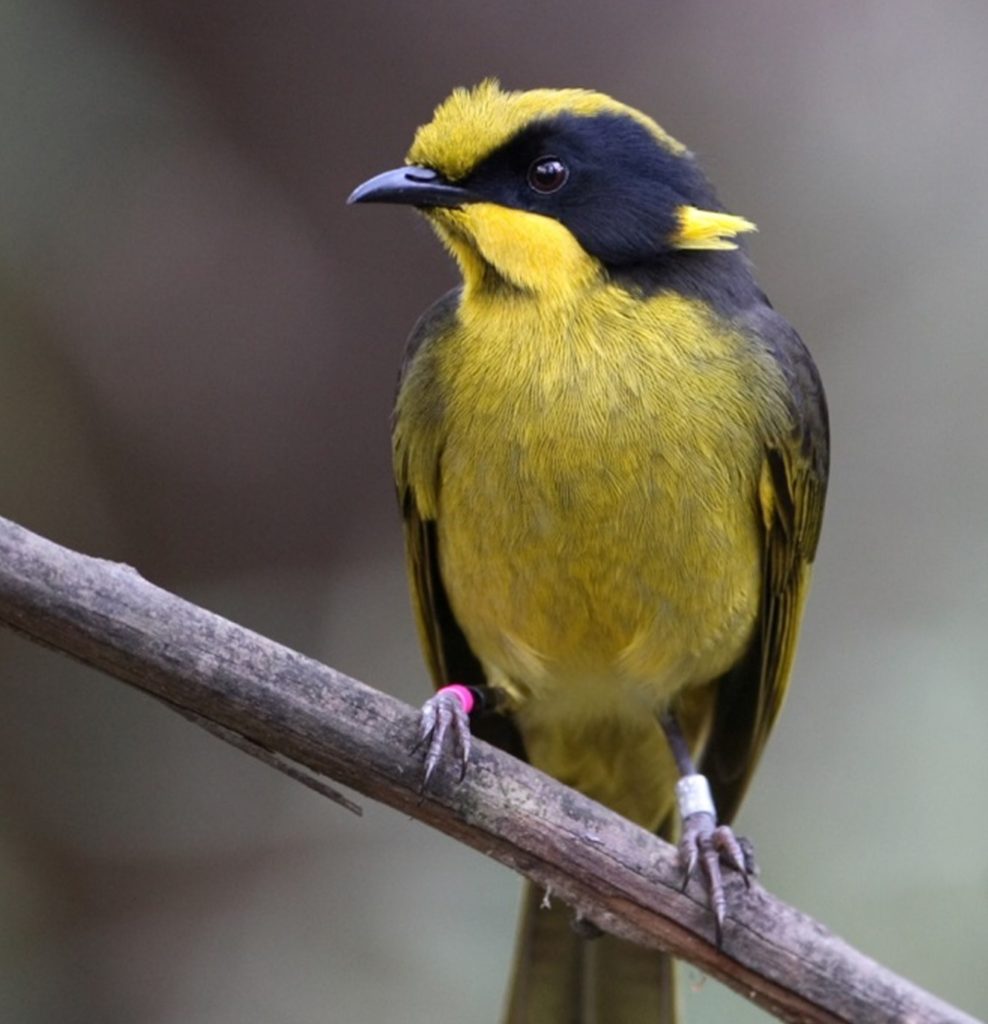
The Helmeted Honeyeater. CREDIT: Peter Menkhorst
The Critically Endangered Helmeted Honeyeater
The Helmeted Honeyeater is the bird emblem of Victoria, Australia. Named for its bright yellow ‘helmet’ of head feathers, the birds were once common through swampy habitat in southern Victoria, but are now found only in Yellingbo Nature Conservation Reserve after they lost over 99% of their habitat to human encroachment. By 1989, only 50 birds remained.
Over recent years, the team’s work led by Dr Katherine Harrisson evaluated the genetic health of the birds to assess whether genetic rescue could supplement existing large-scale conservation efforts. On the back of 30 years of fieldwork led by Bruce Quin of the Victorian Department of Environment, Land, Water and Planning (DELWP), they were able to apply the rarely achieved ‘gold standard’ measure of genetic fitness – reproductive output over individual lifetimes in the wild. The severity of the inbreeding depression detected was shocking: lifetime reproductive output of the most inbred birds was only 10% that of the least inbred ones – enough to cause extinction within decades.
To test whether it might be possible to reduce inbreeding by managing birds’ mating choices in the wild, in 2021 the team developed an innovative method devised by PhD candidate Diana Robledo-Ruiz. Sadly, the answer was ‘no’. So, given that genetic rescue must be part of the solution to prevent extinction of this unique bird, where will genetic ‘refreshment’ come from?
The Helmeted Honeyeater posed an increasingly common conundrum: because the only remaining population of its kind is heavily inbred, researchers had to look to other subspecies as a source of additional genetic variation. Colleagues at Zoos Victoria crossed Helmeted Honeyeaters with the most closely related of the other three subspecies of Yellow-tufted Honeyeater. Because the mated birds were unrelated, their offspring had greater genetic diversity, allowing them to overcome the harmful effects of inbreeding. These crossed birds are faring well in the wild at Yellingbo, and in 2021 a second population was established, including some of the ‘genetically diverse’ birds.
In collaboration with DNA Zoo and others, led by Diana Robledo-Ruiz the team published an unusually high-quality genome sequence and genetic map of the Helmeted Honeyeater in 2022. Together with genome sequences of dozens of birds, these resources are being applied in sophisticated analyses to reconstruct population histories and to understand how genetic variation can be managed to prevent the extinction of Helmeted Honeyeaters. Monitoring whether and how genetic rescue heals the genomes of Helmeted Honeyeaters will allow management actions to be adjusted where necessary.
In addition to funding from diverse sources, these efforts are possible only through the sustained commitment, energy and goodwill of many stakeholders – including DELWP, Zoos Victoria, the Helmeted Honeyeater Recovery Team, and community groups, notably The Friends of the Helmeted Honeyeater.
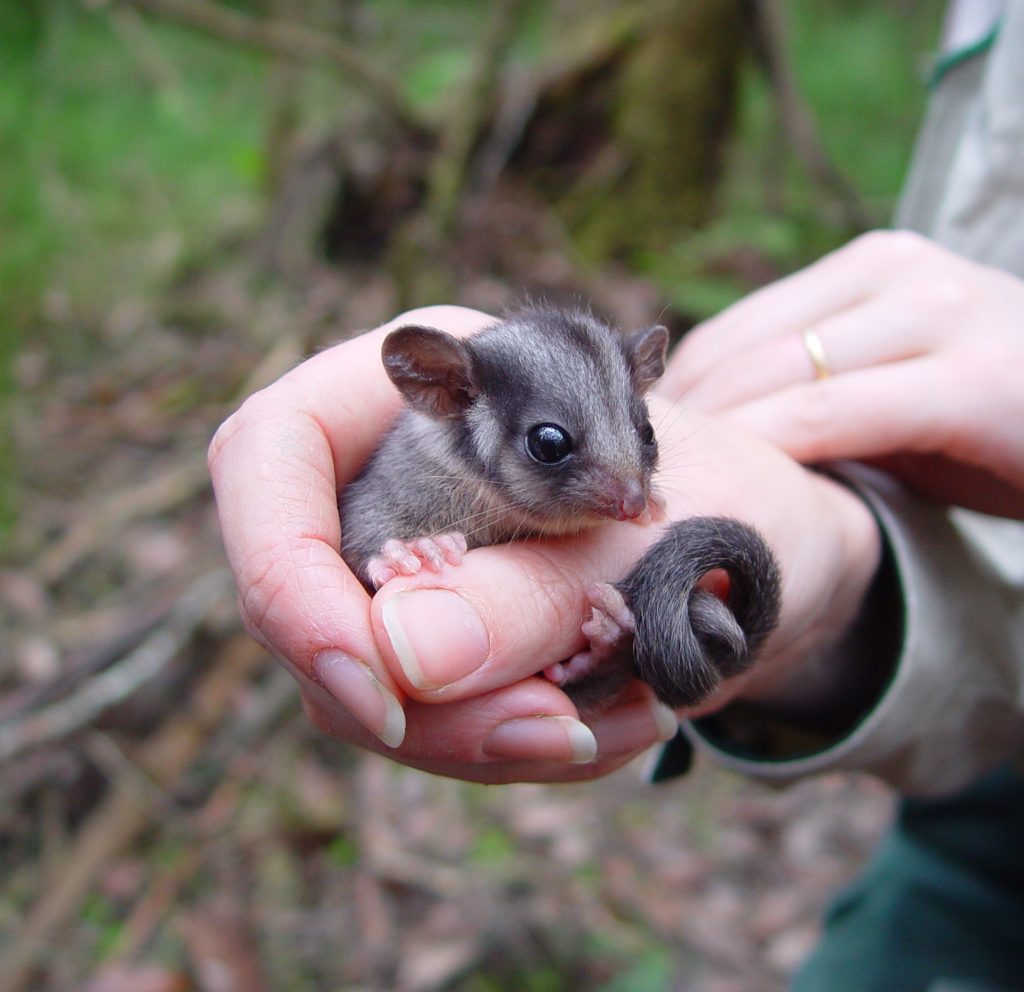
Juvenile Leadbeater’s Possum. CREDIT: Dan Harley
The Lowland Leadbeater’s Possum
The Helmeted Honeyeater isn’t the only critically endangered animal at Yellingbo Nature Conservation Reserve. It is accompanied by a tree-dwelling mammal – the only remaining lowland population of Leadbeater’s Possum. The Yellingbo populations of these two species share an unfortunate statistic: the lowland Leadbeater’s Possum has also lost more than 99% of its habitat in the last 200 years through human activities, and fewer than 30 individuals now remain in the world.
Based on 20 years of field data collection driven by Dr Dan Harley of Zoos Victoria, an analysis led by Dr Joe Zilko demonstrated appreciable inbreeding depression problems in lowland Leadbeater’s Possum. Computer modelling showed that these problems would drive extinction in the immediate future. Luckily, there are some potential source populations of this critically endangered species to cross with the declining Yellingbo population. Field trials are underway on establishing a new population with ‘pioneers’ from Yellingbo and other populations, towards producing offspring of high viability and fecundity to secure the fate of this important mammal.
Macquarie Perch: A Threatened Fish
The Macquarie Perch is a freshwater fish endemic to Australia. Like many freshwater fish, the Macquarie Perch has faced tremendous and diverse stressors including overfishing, habitat degradation and changes in river conditions resulting from dam construction. Over a century or so, these fish have been forced to retreat into isolated headwater populations that cannot connect with each other and are mostly too small and genetically unhealthy to be sustainable.
A 2017 paper focused on the perch led by Dr Pavlova argued that rather than needing to demonstrate inbreeding depression for every new case, we can instead adequately assess the degree of genetic problems in wildlife by simpler genetic analyses, and anticipate the benefit of genetic rescue by computer simulation. ‘Insisting on a demonstration that inbreeding depression occurs in a particular population is impractical and counter-productive, using up valuable time and resources, detracting from getting on with the task of bolstering the health of the population by incorporating genetic management into conservation actions,’ says Dr Pavlova. The paper informed the National Recovery Plan for the Macquarie Perch.
Over the last decade, DELWP staff headed by Drs Zeb Tonkin and Jarod Lyon have reintroduced a population of Macquarie Perch into restored habitat in the Ovens River in Victoria, where it had previously gone extinct due to habitat degradation. Rather than using founding individuals from a single river source, the team used perch stock including fish with parents from different rivers, bred by Fisheries Victoria’s Dr Brett Ingram. Intensive monitoring by DELWP and genetic analyses of the growing population as part of Dr Maiko Lutz’s PhD revealed that using multiple sources led to better outcomes for fish survival and reproduction than the typical single-source approach would have. In other words, notions of keeping sources ‘pure’ may be counterproductive.
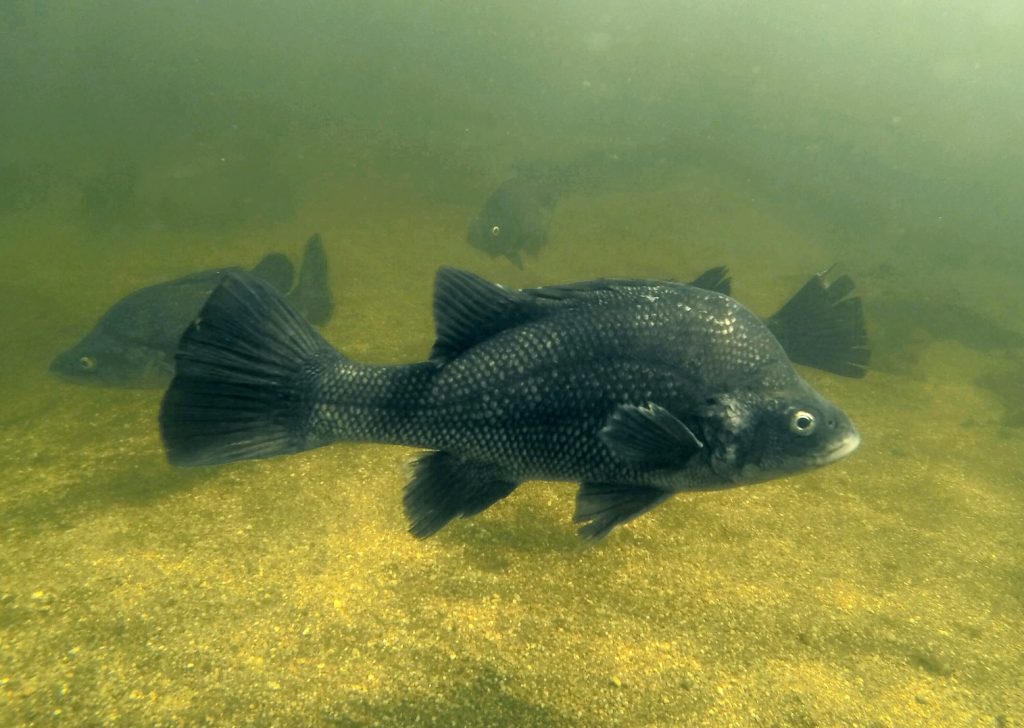
Macquarie Perch. CREDIT: Zeb Tonkin
Reversing the Decline of Button Wrinklewort
The principles of genetic rescue to repair inbreeding depression and loss of genetic variation are not limited to animals. The Button Wrinklewort, once a common grassland daisy in south-eastern Australia, is yet another example of a species that has lost over 99% of its habitat to human impacts. It now occurs in a few dozen small and isolated populations. Like many plant species, Button Wrinklewort possesses a genetic mechanism to prevent individuals mating with themselves and close relatives. This system works well in large populations, but in small ones, individuals run out of genetically compatible mates, reducing or preventing their breeding. This problem can be rectified by mixing small and isolated populations, restoring the supply of genetically compatible mates.
Applying these concepts, genetic rescue of this species is ongoing, driven by DELWP’s Dr Steve Sinclair and Dr John Morgan of La Trobe University. A 2021 paper led by PhD candidate Yael Rodger evaluated genetic relationships among populations of Button Wrinklewort, and their levels of genetic diversity, enabling specific suggestions about which populations should be crossed. Surprisingly, some of the smallest and most isolated populations retain the highest levels of diversity, showing that it is not always best to assume that larger populations have better genetic health.
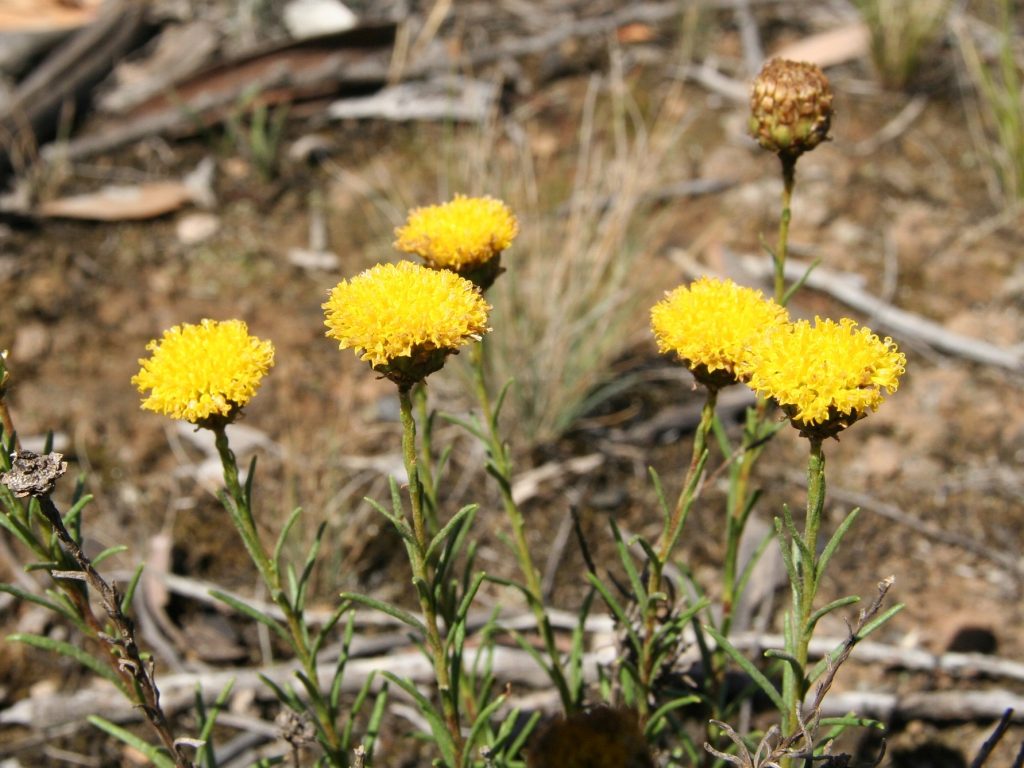
Button Wrinklewort. CREDIT: Steve Sinclair
A Case for Genetic Management
Genetic management is growing in uptake and acceptance. Over the last three decades, scientists such as Dr Pavlova and Professor Sunnucks have aimed to bridge the gap between genetic research and on-ground conservation efforts. As a result of their work with their colleagues from wildlife management agencies, Australia is becoming a leader in using genetic rescue for conservation planning.
In the State of Victoria where Dr Pavlova and Professor Sunnucks are based, the government environment agency DELWP uses genetic management as a mainstream factor in conservation planning, including application of their innovative Genetic Risk Index. There is only a handful of such initiatives worldwide, but growing positive outcomes of genetic rescue provide reason to hope that others will follow.
A global leader in conservation, the International Union for Conservation of Nature, initiated a Conservation Genetics Specialist Group, which, in association with other organisations, has been active in highlighting the critical role of genetic considerations in conservation planning. There is exciting innovation in the private sector too – a great example being the major positive contributions of the not-for-profit organisation Revive & Restore.
Global adoption of genetic management of wildlife can’t come quickly enough. According to Professor Sunnucks, ‘unless we use genetic rescue as part of properly-funded conservation efforts, we will often simply manage small, isolated populations to extinction’.
SHARE
DOWNLOAD E-BOOK
REFERENCE
https://doi.org/10.33548/SCIENTIA801
MEET THE RESEARCHERS

Dr Alexandra (Sasha) Pavlova
School of Biological Sciences
Monash University
Clayton, Melbourne
Victoria, Australia
Dr Pavlova is an evolutionary biologist passionate about biodiversity conservation. She received a Master’s in Zoology from Moscow State University and a PhD in Ecology, Evolution and Behavior from the University of Minnesota. In 2005, Dr Pavlova teamed up with Professor Sunnucks in Australia, where she integrates genetics, evolution and ecology to study how wildlife adapts and persists in the face of human impacts. She uses this knowledge to help her wildlife management collaborators improve outcomes for species of conservation concern.
CONTACT
E: alexandra.pavlova@monash.edu
W: https://sites.google.com/monash.edu/sashapavlova

Professor Paul Sunnucks
School of Biological Sciences
Monash University
Clayton, Melbourne
Victoria, Australia
Professor Sunnucks is a global leader in conservation genetics. After a PhD at University College London and working in one of the world’s first conservation genetics groups at the Institute of Zoology, London, Professor Sunnucks migrated to Australia, where he now co-leads a research group with Dr Pavlova using genetic tools to help threatened species recover. Through collaborative scientific papers and books, and advice to diverse stakeholders in biodiversity, Professor Sunnucks works towards more widespread uptake of genetic management of wildlife.
CONTACT
E: paul.sunnucks@monash.edu
W: https://www.monash.edu/science/schools/biologicalsciences/staff/sunnucks
KEY COLLABORATORS
Dr Jon Ballou, Smithsonian Conservation Biology Institute; Bridget Baumgartner, Revive & Restore; Matthew Beitzel, Environment, Planning & Sustainable Development Directorate, ACT Government; Anne Buchan, Department of Environment, Land Water and Planning, Victoria; Dr Rohan Clarke, Monash University; Alan Clayton, Friends of the Helmeted Honeyeater; Dr Meaghan Duncan, NSW Department of Primary Industries: Fisheries; Dr Owain Edwards, CSIRO; Professor Richard Frankham, Macquarie University and Australian Museum, Sydney; Dr Ming Han Gan, Deakin University and GeneSEQ; Dr Dan Harley, Zoos Victoria; Dr Katherine Harrisson, La Trobe University; Dr Carolyn Hogg, University of Sydney; Dr Brett Ingram, Fisheries Victoria; Dr Parwinder Kaur, DNA Zoo, University of Western Australia; Dr Andrzej Kilian, DArT P/L; Dr Bob Lacy, Chicago Zoological Society; Meagan Lane, Healesville Sanctuary Helmeted honeyeater keeper; Associate Prof Mark Lintermans, University of Canberra; Dr Jarod Lyon, Department of Environment, Land Water and Planning; Dr Michael Magrath, Zoos Victoria; Dr John Morgan, La Trobe University; Ben Novak, Revive & Restore; Dr Zeb Tonkin, Department of Environment, Land Water and Planning; Bruce Quin, Department of Environment, Land Water and Planning; Dr Katherine Ralls, Smithsonian Conservation Biology Institute; Diana Robledo-Ruiz, Monash University; Dr Steve Sinclair, Department of Environment, Land Water and Planning; Dr Kim Miller, Healesville Sanctuary Life Science Manager; Dr Andrew Weeks, University of Melbourne
FUNDING
Australian Research Council; Department of Biodiversity, Conservation and Attractions, Western Australia; Department of Environment, Land, Water and Planning, Victoria; DArT P/L; Environment, Planning & Sustainable Development Directorate, ACT Government; Helen Macpherson Smith Trust; Holsworth Wildlife Research Endowment/Ecological Society of Australia; Icon Water; Melbourne Water; Parks Victoria; Revive & Restore; Victorian Fisheries Authority/Fisheries Victoria; Zoos Victoria
FURTHER READING
K Ralls, JD Ballou, MR Dudash, MDB Eldridge, CB Fenster, RC Lacy, P Sunnucks, R Frankham, Call for a paradigm shift in the genetic management of fragmented populations, Conservation Letters, 2018, 11, 1-6.
ML Lutz, Z Tonkin, JD Yen, G Johnson, BA Ingram, L Sharley, J Lyon, DG Chapple, P Sunnucks, A Pavlova, Using multiple sources during reintroduction of a locally extinct population benefits survival and reproduction of an endangered freshwater fish, Evolutionary Applications, 2021, 14, 950-964.
KA Harrisson, MJL Magrath, JDL Yen, A Pavlova, N Murray, B Quin, P Menkhorst, KA Miller, K Cartwright, P Sunnucks, Lifetime fitness costs of inbreeding and being inbred in a critically endangered bird, Current Biology, 2019, 29, 1-7.
JP Zilko, D Harley, B Hansen, A Pavlova, P Sunnucks, Accounting for cryptic population structure enhances detection of inbreeding depression with genomic inbreeding coefficients: an example from a critically endangered marsupial, Molecular Ecology, 2020, 29, 2978-2993.
REPUBLISH OUR ARTICLES
We encourage all formats of sharing and republishing of our articles. Whether you want to host on your website, publication or blog, we welcome this. Find out more
Creative Commons Licence (CC BY 4.0)
This work is licensed under a Creative Commons Attribution 4.0 International License. 
What does this mean?
Share: You can copy and redistribute the material in any medium or format
Adapt: You can change, and build upon the material for any purpose, even commercially.
Credit: You must give appropriate credit, provide a link to the license, and indicate if changes were made.
SUBSCRIBE NOW
Follow Us
MORE ARTICLES YOU MAY LIKE
Dr Lifei Wang | Can Species Distribution Models Inform Us About Future Ecosystems?
The world is buzzing with news about how human activities and climate shifts are reshaping our ecosystems. Have you ever wondered how life will adapt to this rapidly changing world? Ecologists might be able to predict how different species will live in future using computer simulations. Dr Lifei Wang at the University of Toronto Scarborough investigates how different stimulations work under varying conditions to provide new insights into what may lie ahead.
Dr Michael Cherney – Professor Daniel Fisher | Unlocking Woolly Mammoth Mysteries: Tusks as Hormone Time Capsules
The impressive tusks found on proboscideans (the order of mammals that includes elephants, woolly mammoths, and mastodons) are like time capsules, preserving detailed records of their bearers’ lives in the form of growth layers and chemical traces. Frozen in time for thousands of years, these layers can unlock secrets about the lives of long-extinct relatives of modern elephants. Dr Michael Cherney and Professor Daniel Fisher from the University of Michigan used innovative techniques to extract and analyse steroid hormones preserved in woolly mammoth tusks. This ground-breaking work opens new avenues for exploring the biology and behaviour of extinct species.
Dr Timothy Beers | Mapping the Galaxy’s Stellar Populations Using Large Photometric and Astrometric Surveys
Astronomers often use spectroscopic (electromagnetic radiation) data and astrometric (motion and positional) data to develop working models describing our Galaxy. Dr Timothy Beers from the University of Notre Dame and his collaborators in Korea and China combined large photometric (visible light) surveys and astrometric data to create multidimensional maps of a large part of the Galaxy. By highlighting significant inhomogeneities in stellar-chemical compositions, motions, and spatial distributions, Dr Beers and his colleagues provide valuable insights into how we can advance our understanding of the formation and evolution of our Galaxy.
Professor Gary Yohe | Navigating Climate Change: The Impactful Contributions of Gary Yohe
Professor Gary Yohe is a distinguished environmental economist whose work has been pivotal in shaping our understanding of climate change impacts, adaptation strategies, and policy frameworks. His interdisciplinary approach combines economics with environmental science, offering nuanced insights into global warming and its multifaceted impacts on natural and human systems. Professor Yohe equips us with the knowledge and strategies needed to navigate the complex and pressing challenges posed by climate change.




